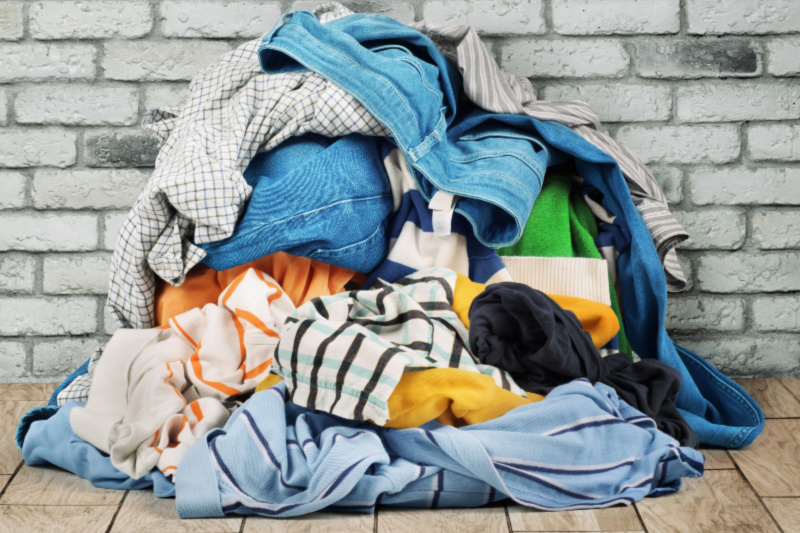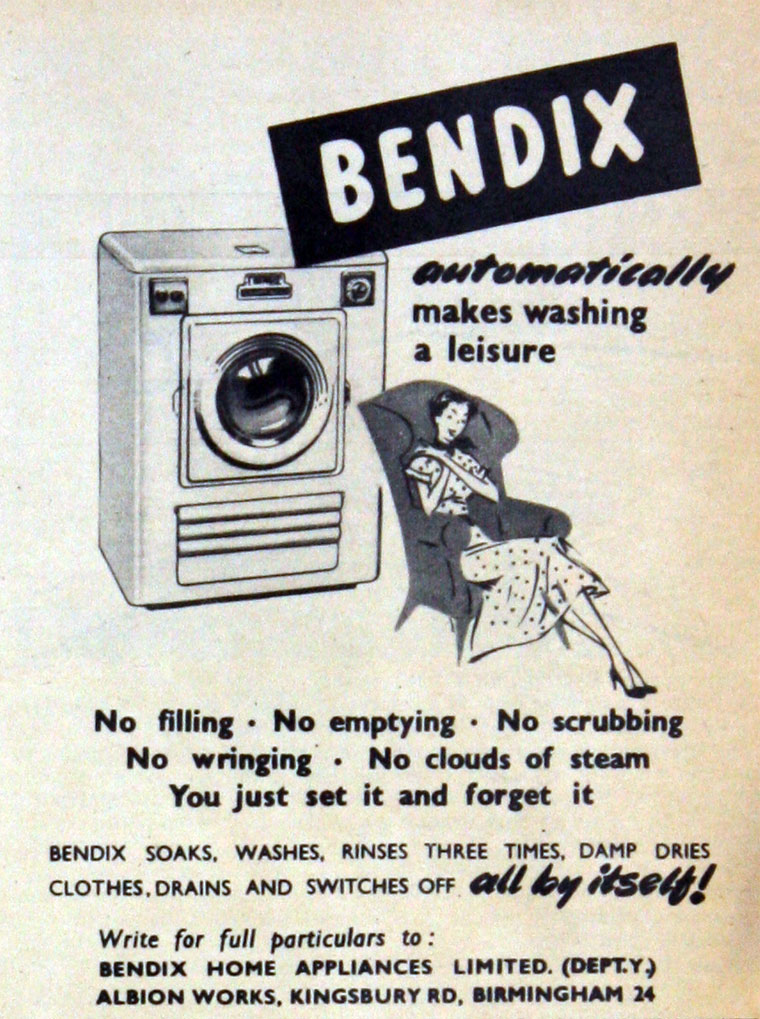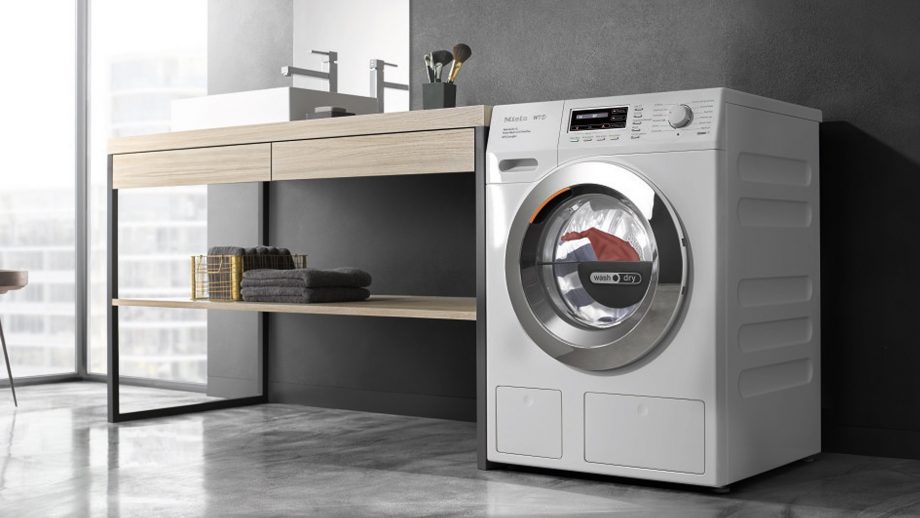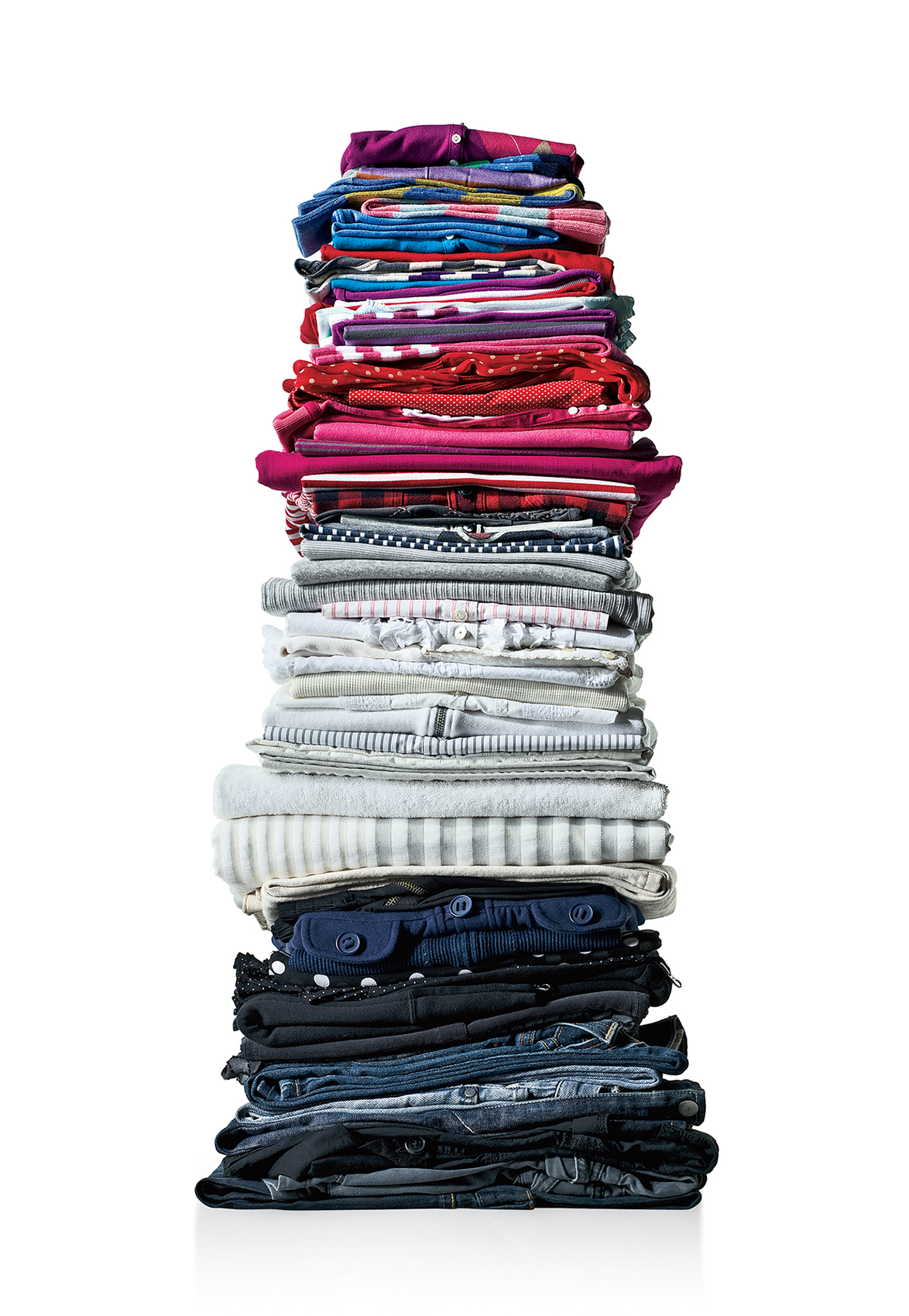Washer/Dryer Combos: Are They Worth It?
Have you ever wondered how many times we load and unload laundry into the washer every day? And then there is the dryer to consider too. Where would we be without the washer and dryer?

Based on these estimates it takes the average person 170 minutes a week to wash and dry laundry. Of course, in a family household of 3 or 4 that number will be considerably larger, if not triple the amount - for those of us with a few fur-shedding animals thrown into the mix. The fact of the matter is that we spend most of our time at home in the laundry room, doing laundry, or thinking about doing the laundry (if we are not actually doing it).
Thankfully, washing and drying laundry has come a long way since the early days of washing in the river or using a basin and washboard.
Indeed, since the early 1980s, washers and dryers have evolved into noiseless, vibration-reduced and energy-efficient models - technologically advanced machines that are also stylish and easy on the eye. And with many different features and options for washing and drying, your clothes are in great hands and can remain damage-free. What's not to like about that? Having said that, we do still continue to spend a lot of time doing laundry. Would a certain model cut that time in half? How about a washer/dryer combo machine? At least then we would be spending less time loading/unloading. Or maybe not? Shortly we will explore the pros and cons of the washer/dryer combo. But before we do that, let's take a brief look at its history.
While there are many from all over the world who claim to have invented the washer/dryer, one of the most notable was Canadian John E. Turnbull - who obtained a patent in 1843 for a washer with an attached wringer to squeeze the water out of the clothes. You could feed the wet laundry straight from the tub into the wringer and the water would drip back into the tub - handy for re-using the same water for the next tub of wash. A few years later in 1861 Turnbull's idea gained traction and some refinement. Washing machines with attached clothes wringers - some might say the first washer-dryer combos - were available for sale.
The 1930s saw the development of washers with motors designed inside the machine. Previously, motors were bolted on to the side of the machine. This made them susceptible to getting wet and suffering a short. Aside from affecting the machine's durability, this also exposed people to safety hazards.
It was during this period that John W. Chamberlain from Bendix Aviation introduced the first machine that could wash, rinse, and dry clothes in one cycle or operation. This started the trend for automatic washing machines.

By 1940, 60 percent of the 25 million American homes with electricity were equipped with an electric wringer washer FCon- although built-in spin dryers were not uncommon either. And in 1953 the same company developed the first washer dryer combination unit.
Throughout the years, washing machines, drying machines, and combo machines alike have received numerous improvements in technology, making for better functionality, effectiveness, and efficiency. Today, washer dryer combination units have many of the features that would be found on a typical washer and dryer. While these units are far more popular in Europe and some countries in the East, they are gaining popularity in the United States as a practical and functional laundry solution.
Who Can Benefit? Washer dryer combos are excellent options for anyone looking for a way to save space and time. Great for inner-city living, where small apartments mean every square centimetre counts, long days at the office make coming home to clean laundry that's already dry a welcome relief, and small one or two person households means the smallish (compared to a standalone appliance) dryer capacity limit probably won't be an issue. You don't need an extra space for a separate washer and dryer. In addition, you don't have to remove damp laundry from your washer before drying.
How Do They Work? Most units are of the front-loading design - which allows for easier access, better efficiency, and more effective washes than top-loading designs. Instead of just leaving the clothes to soak in the water throughout the entire wash, like a top-loading machine would do, the front-loading design tilts the drum on its side, so that the contents of the drum are repeatedly lifted in and out of the water throughout the wash cycle.
In a nutshell, washer dryer combos combine a front loading washing machine and a condenser clothes dryer into a single appliance that's generally about the same size as an equivalent stand-alone washer.

Unlike a simpler vented dryer which pumps hot wet air straight out into your laundry and turns it into a sauna, condenser dryers capture the moisture from your clothes, so they're a more pleasant appliance to live with - especially if your laundry lacks decent airflow. They work by pushing warm dry air through your wet washing to extract moisture, then cooling the now humid air in a heat exchanger to condense the moisture, which is collected in a tank or pumped down the drain. The (now dry) air is reheated and the cycle repeats.
Interestingly, back in the 1980s when these types of units started to appear, they did take a long time to dry, which made them an unpopular choice for anyone other than a boat or RV owner. Modern units nowadays blow those misconceptions out of the water with dry times of as little as 45 minutes for a full load. There are a couple models of washer dryer combos that run on a mere 110 volts, instead of the stand alone units that use 220 volts and may take a little longer, sometimes around 90 minutes.
Are Washer/Dryer Combos Effective?
Pros
- Great for small spaces - only need one machine instead of two.
- Washing performance is comparable to an equivalent stand-alone appliance.
- Half the footprint of two separate appliances.
- Eco-friendly: Condensing dryers use anywhere from 50-70 percent less energy than vented dryers. They are designed to be very energy efficient and economical for the daily needs of a consumer.
- You can wash and dry your clothes without manual intervention, thus saving time.
- You can wash or dry independently, so you can use it as a normal washer with the peace of mind of a dryer for emergencies.
- Purchase and running costs are roughly equivalent to a separate front loading washer and condenser dryer.
Cons
- You can only dry half the capacity you can wash.
- They can use a staggering amount of water to dry - up to 210 litres for some machines - and that's in addition to water for washing. This Samsung washer and dryer won a Shonky award in 2017 for its high water consumption.
- Heat-pump combos are energy efficient and don't use water to dry, but are complicated and expensive.
- Some combos are too big to fit under a bench/low countertop, so check their dimensions carefully if they need to fit in a specific spot.
So while it is true that historically combos have been known as one of the least reliable laundry appliances, in recent years, some have claimed that their reliability has improved in line with standalone washing machines. Check out some of the best ones on the market right now.
Thinking About Getting a Washer/Dryer Combo?
If you use your dryer regularly and you've got a big family (or just huge laundry needs) then you're probably better off with standalone appliances - you'll get much better drying performance, and one load can be in the dryer while the next one's washing.

Alongside this, if you're on tank water or concerned about the environment then the high water consumption (when drying) for some combos in particular means you should probably give these particular ones a big miss.
But if you are in a single-living household in a small space this type of machine might work just right for you.